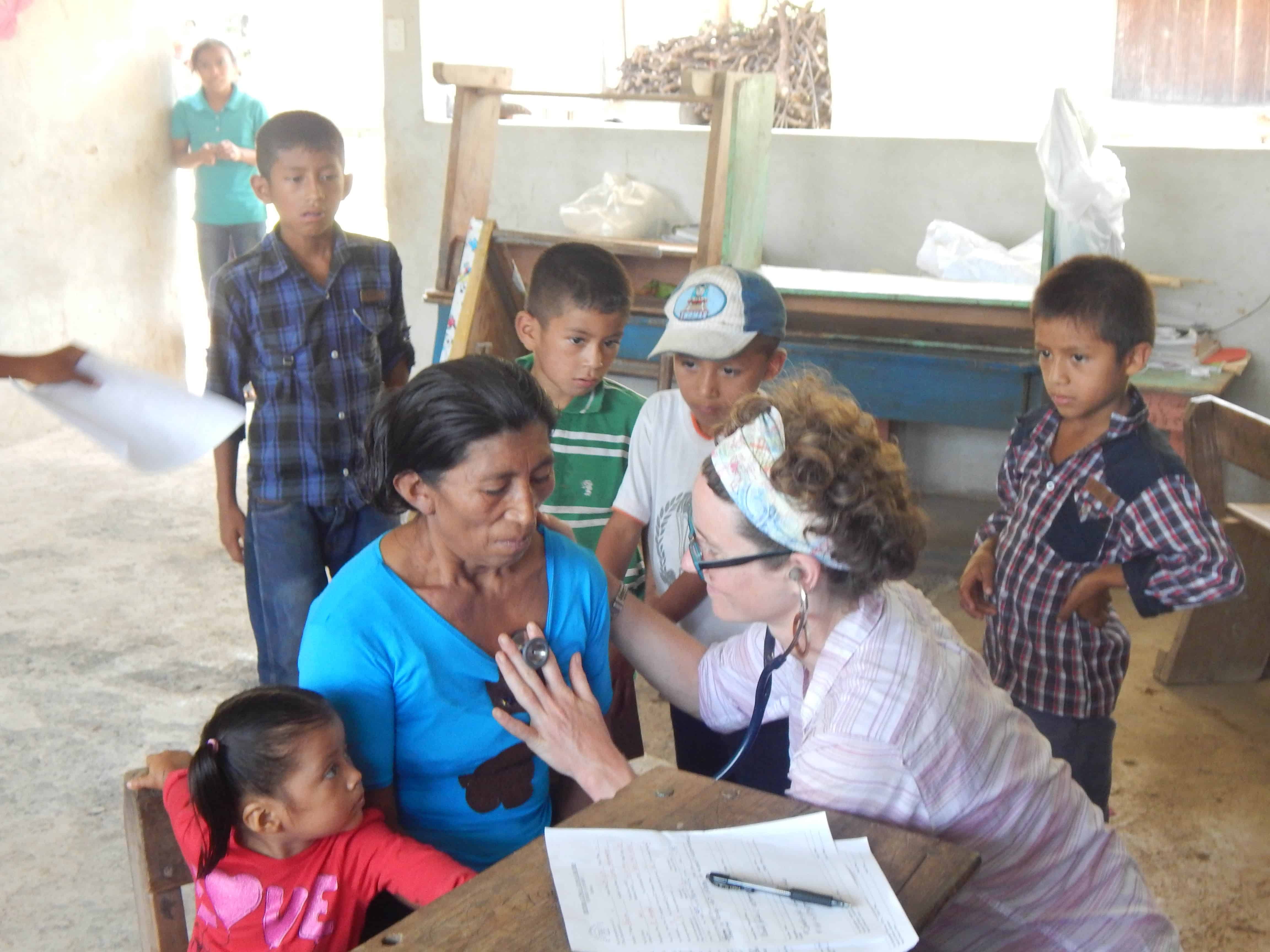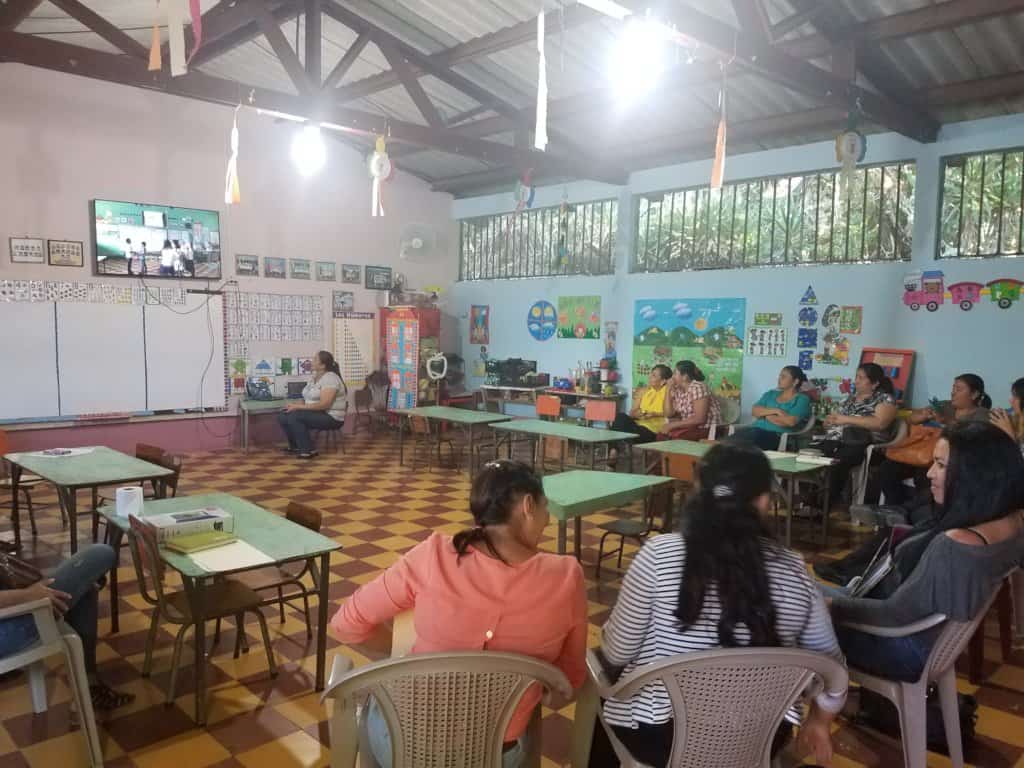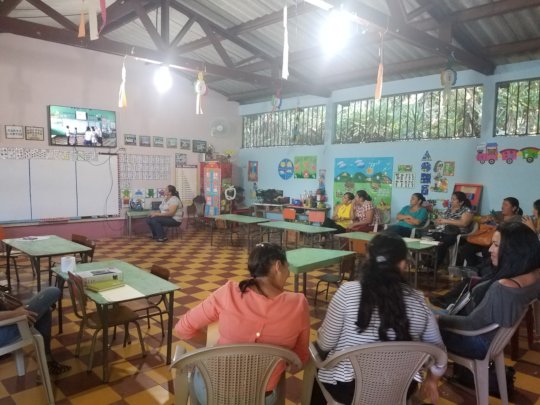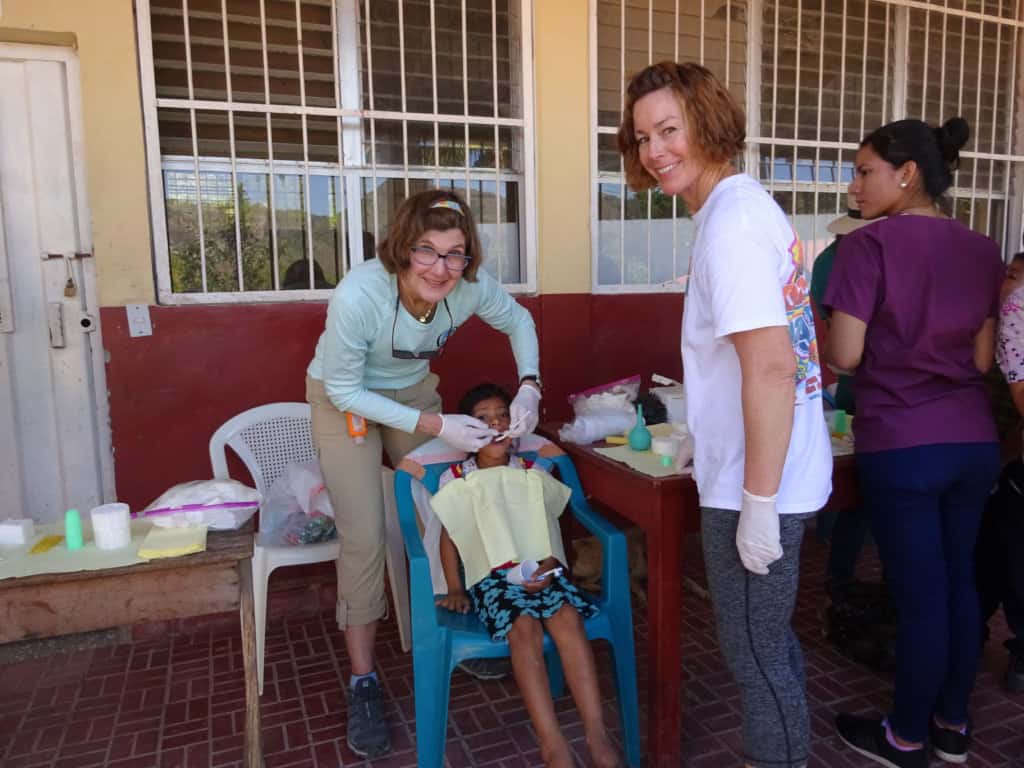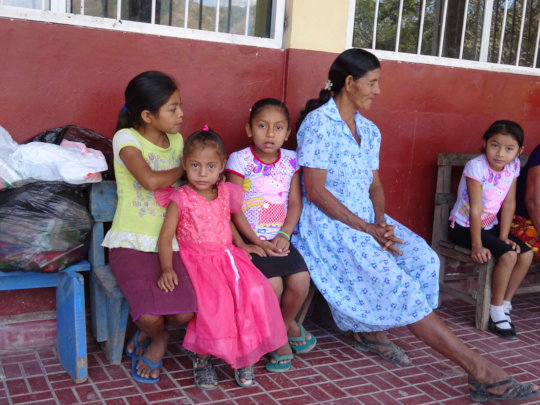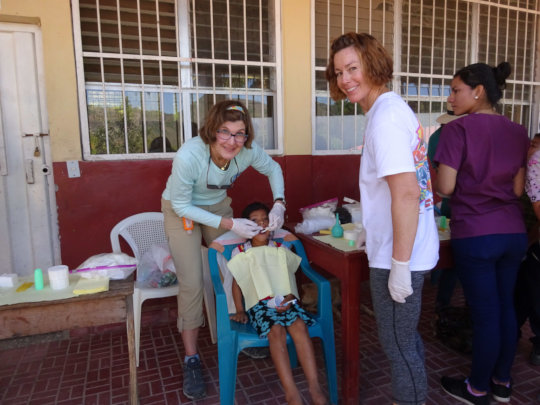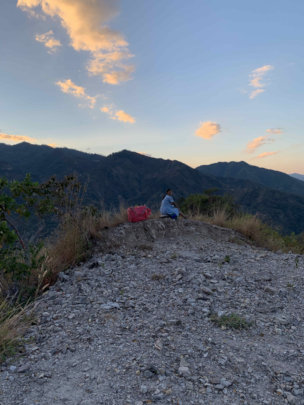Status of Healthcare in Honduras
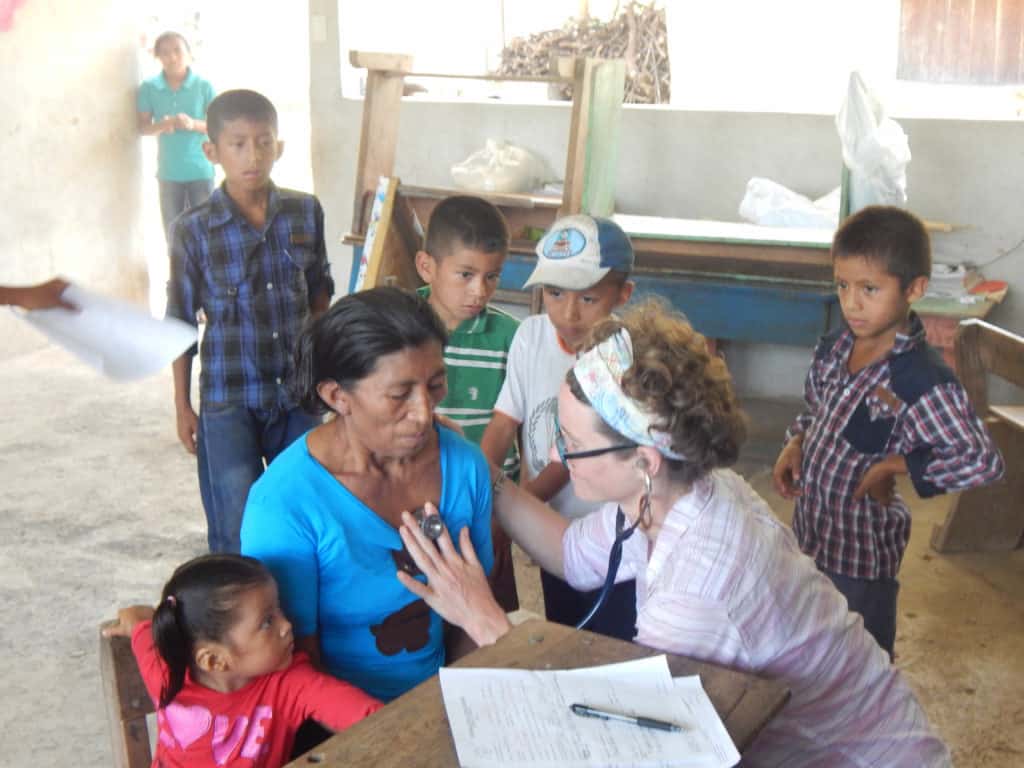
The Archivos de Medicina published an article on the situation of health care in Honduras. The article was published in Spanish in 2016. In 2017, it was translated into English, and published in Archives of Medicine. (links to the articles are below)
Some stricking facts from the study are:
Per Person Spending on Health Care
Honduras spends $101 per person per year on health care. ***
The average in Latin American and the Caribbean is $392 per person.
World average is $628 per person.
Organization for Economic Cooperation and Development (OECD) nations spend $2,880 per person.
*** Shoulder to Shoulder, under its contract with the Honduran government, receives $19 per person per year to provide medical care.
Availability of Medical Providers
The capital city (Tegucigalpa) had 23.8 doctors per 10,000 inhabitants.
The Department of Intibuca (where Shoulder to Shoulder provides services) has 2 doctors per 10,000 inhabitants.
None of the 18 departments in Honduras meet the minimum indicator of 25 physicians per 10,000 inhabitants as indicated by the regional human resources target.
The unemployment rate among registered doctors is 46%.
Conclusions
- Honduras suffers from a nondefined public health policy;
- Epidemiological surveillance systems are almost non-existent;
- State payments to decentralized entities are not timely, (there are delays of up to one or two years);
- Medical fees have been frozen for more than ten years;
- There is corruption by government and private managers; and
- The economic deficit of the public network of Hospitals exceeded 600 million Euros (33,000 medical centers, laboratories and hospitals run the risk of disappearing).
Links to the articles:
Situación del Sistema de Salud en Honduras y el Nuevo Modelo de Salud Propuesto
Situation of the Health System in Honduras and the New Proposed Health Model (English version)
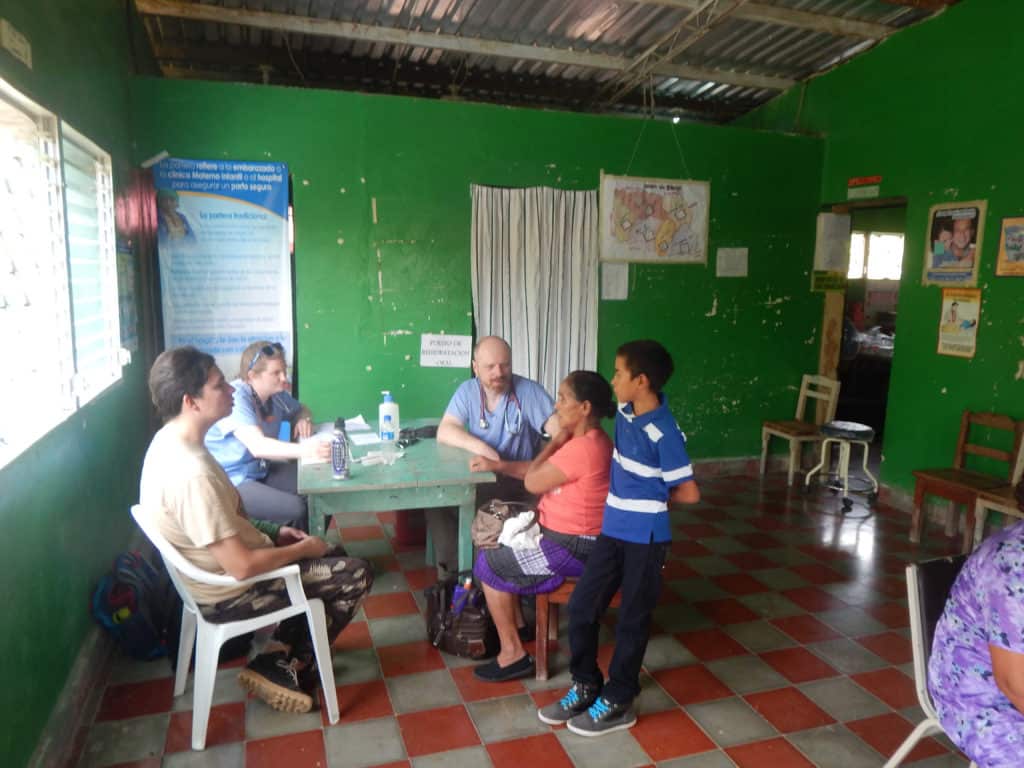
HEALTH SERVICES PROVIDEDEXECUTIVE SUMMARY Every month, the Shoulder to Shoulder Coordinator of Healthcare Services — Dr. Gloria Castro — sends a report to the Ministry of Health which details the Health Services provided in the previous month. StS provides healthcare to over 70,000 people, in seven (7) municipalities. The amount we receive from the government is not sufficient. Receiving only $19 per person leaves us with a huge deficit each year. These reports are now posted on the STS website. Click HERE to read them. |
Every donation matters – no matter how small. Little by Little, with your help, we’ll make a difference in the world. DONATE TODAY!! |
| Shoulder to Shoulder, Inc. 3445 South Dixie Drive, Ste 200 Dayton, OH 45439 www.shouldertoshoulder.org or contact us at: paulandlaura@shouldertoshoulder.org |


